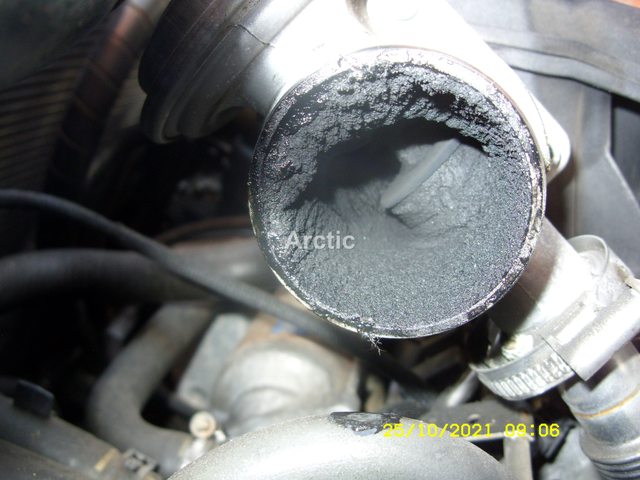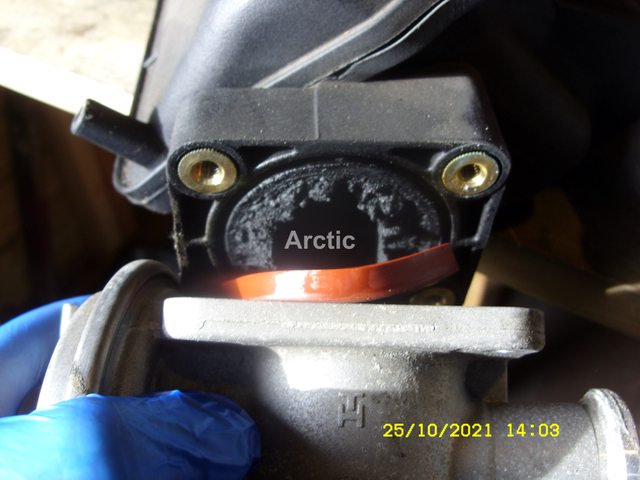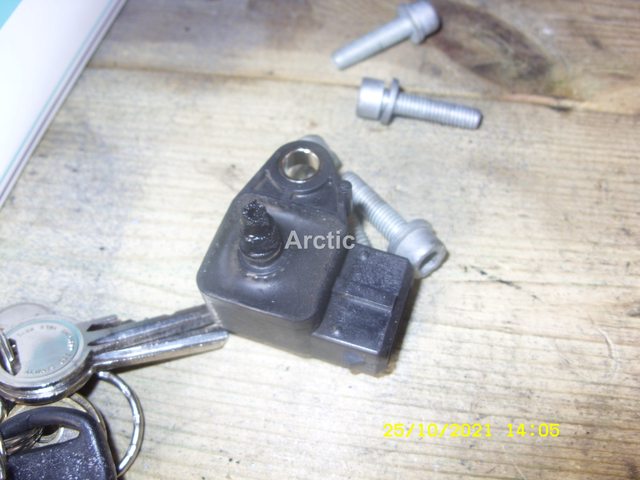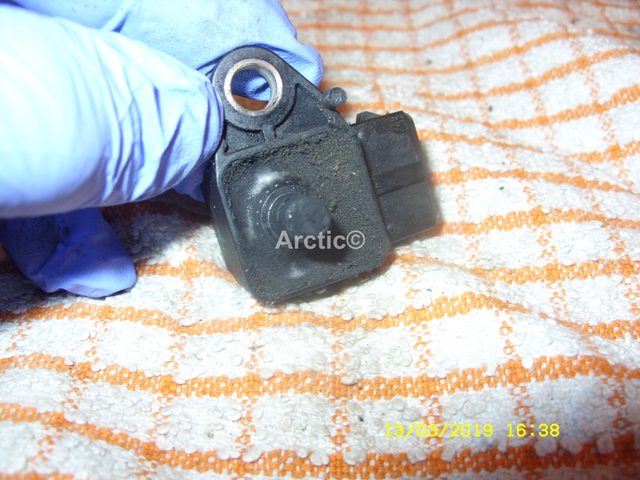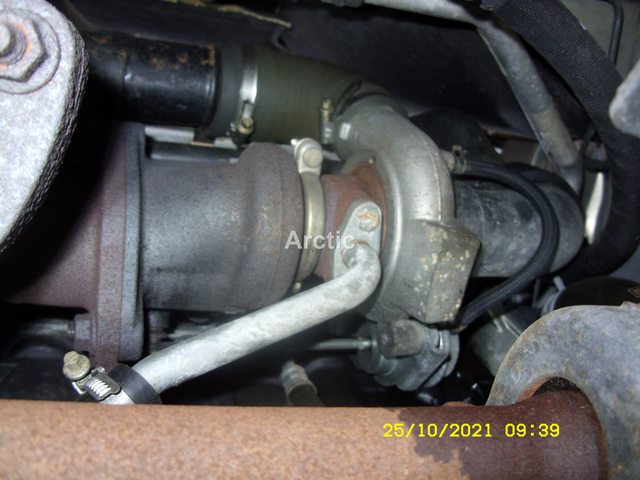so, been working on the car to fix a couple of faults identified during the mot. completed those yesterday and went to nip it up for the retest, driving up the hill and it starts chuicking blue smoke out the exhaust.
now, i had been getting whitish smoke for a while, presumed it was down to the glow plugs (which i have ready to go on, next job) but this time it was definitely blue and a lot of it.
ive checked the crankcase breather (modded version) bit oiley but nothing jumps out as being faulty.
no splits or lose intercooler pipes.
im wondering if its a) turbo fault (turbo replaced in 2017, 2nd hand) or, b) valve stem oil seal.
the smoke kinda built up, if i held the revs at 2k it wouldnt smoke straight away but would get worse the longer i held it. ontop of that, i didnt notice any loss in power either.
for some time, ive always had a bit of blue smoke on start up but nothing major and it cleared after a minute.
im trying to eliminate the cheapest/easiest things first. before i start attempting to pull pipes off the turbo of taking the rocker cover off.
anyone have an ideas?
thanks
now, i had been getting whitish smoke for a while, presumed it was down to the glow plugs (which i have ready to go on, next job) but this time it was definitely blue and a lot of it.
ive checked the crankcase breather (modded version) bit oiley but nothing jumps out as being faulty.
no splits or lose intercooler pipes.
im wondering if its a) turbo fault (turbo replaced in 2017, 2nd hand) or, b) valve stem oil seal.
the smoke kinda built up, if i held the revs at 2k it wouldnt smoke straight away but would get worse the longer i held it. ontop of that, i didnt notice any loss in power either.
for some time, ive always had a bit of blue smoke on start up but nothing major and it cleared after a minute.
im trying to eliminate the cheapest/easiest things first. before i start attempting to pull pipes off the turbo of taking the rocker cover off.
anyone have an ideas?
thanks

